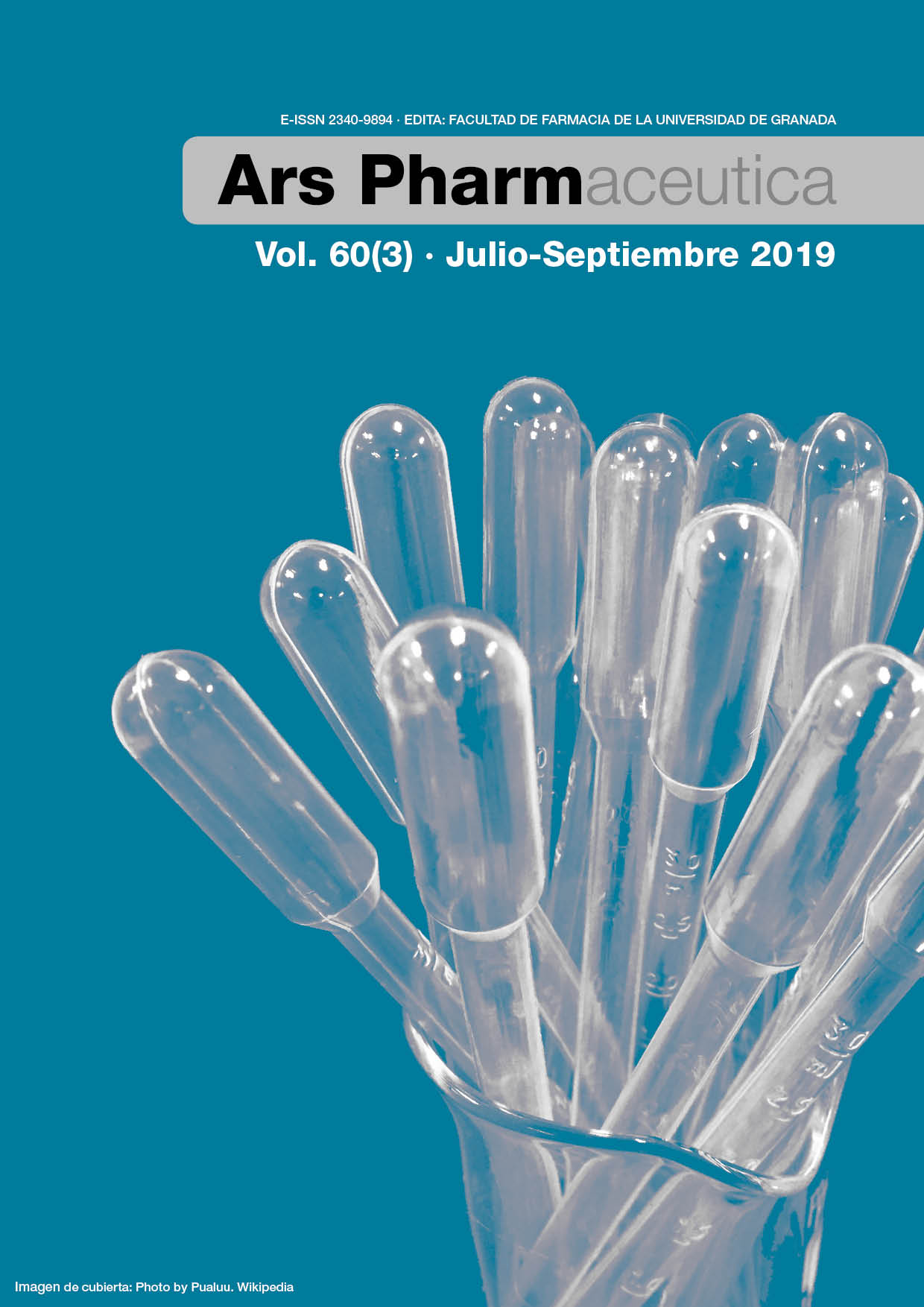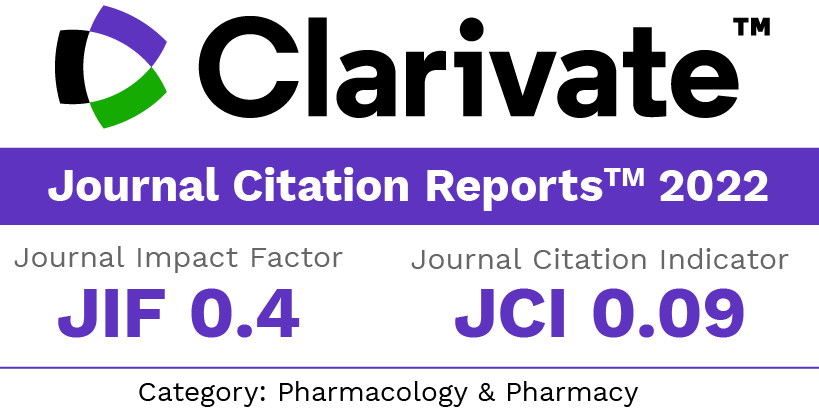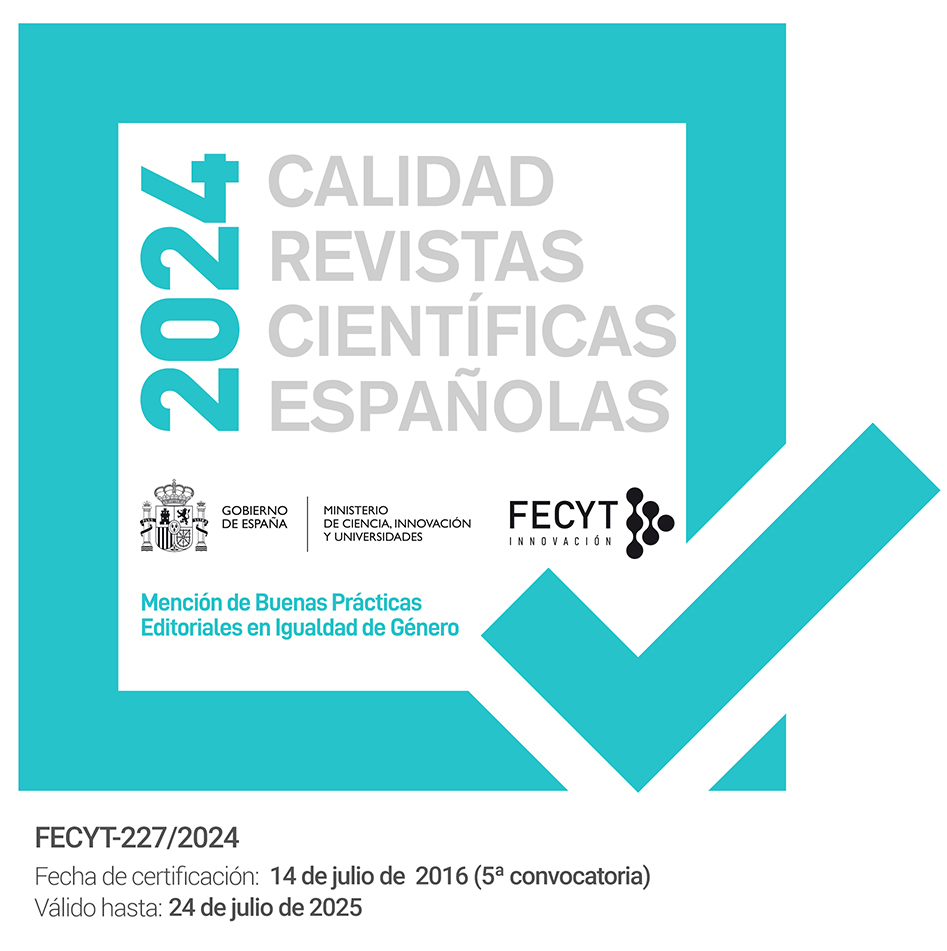Performance Evaluation of Maize Starch as a Multifunctional Excipient in Metronidazole Tablet Formulation
DOI:
https://doi.org/10.30827/ars.v60i3.9289Keywords:
Maize starch, multifunctional excipient, granules, tabletingAbstract
Objective: The aim of this study was to evaluate the performance of maize starch as a multifunctional excipient in metronidazole tablet formulation.
Methods: Metronidazole tablets were prepared by wet granulation containing maize starch as diluent (40 %), disintegrant (10 %), and binder (5 %) and compared with a reference formulation containing lactose as diluent (40 %), maize starch as disintegrant (10 %) and acacia as binder (5 %). The granules were analysed for particle size, flow properties, compressibility and moisture content. Tablets weighing 500 mg were compressed for both formulations on a Single Punch Tablet Press using a 12 mm flat-faced punches at 57.5 MPa. The tablets were kept for 24 h to allow for elastic recovery and evaluated for weight and content uniformity, thickness, crushing strength, friability, disintegration time and in vitro drug release.
Results: The granule properties revealed differences in mean granule size, angle of repose, bulk and tapped densities for both formulations. Batch I tablets gave rise to better tableting properties compared to batch II tablets.
Conclusion: This study confirms the suitability of maize starch as a multifunctional excipient in tablet formulation.
Downloads
References
Moreton RC. Excipient Functionality. Pharm Technol. 2004;(May):98-100.
Martins E, Rodrigues A. Starch: From Food to Medicine. Sci Heal Soc Asp Food Ind. 2012. doi:10.5772/38678
Odeku OA. Potentials of tropical starches as pharmaceutical excipients: A review. Starch/Staerke. 2013;65(1-2):89-106. doi:10.1002/star.201200076
Hartesi B, Sriwidodo, Abdassah M, Chaerunisaa AY. Starch as pharmaceutical excipient. Int J Pharm Sci Rev Res. 2016;41(2).
Roy S, Hasan S, Kumar M. Effect of mode of addition of disintegrants on dissolution of model drug from wet granulation tablets. Int J Pharma Sci Res. 2011;2(2):84-92.
Odeku OA, Akinwande BL. Effect of the mode of incorporation on the disintegrant properties of acid modified water and white yam starches. Saudi Pharm J. 2012;20(2):171-175. doi:10.1016/j.jsps.2011.09.001
Onyishi I V., Chime SA, Ugwu JC. Evaluation of binder and disintegrant properties of starch derived from Xanthosoma sagittifolium in metronidazole tablets. African J Biotechnol. 2013;12(20):3064-3070. doi:10.5897/AJB12.2839
Patel S, Kaushal AM, Bansal AK. The effect of starch paste and sodium starch glycolate on the compaction behavior of wet granulated acetaminophen formulations. J Excipients Food Chem. 2011;2(3):64-72. http://www.doaj.org/doaj?func=abstract&id=821574.
Manek R V., Builders PF, Kolling WM, Emeje M, Kunle OO. Physicochemical and Binder Properties of Starch Obtained from Cyperus esculentus. AAPS PharmSciTech. 2012;13(2):379-388. doi:10.1208/s12249-012-9761-z
Allen L, Popovich N, Ansel H. Powders and Granules. In: Allen L, Popovich N, Ansel H, eds. Ansel’s Pharmaceutical Dosage Forms and Drug Delivery Systems. 8th ed. New York: Lippincott Williams & Wilkins; 2005:186-203.
Pilpel N. Flow properties of non-cohesive powders. Chem Proc Eng. 1965;46:167.
British Pharmacopoeia. British Pharmacopoeia. Volume II. London, UK: Her Majesty’s Stationery Office; 2013.
Fell J, Newton J. Determination of tablet strength by the diametral-compression test. J Pharm Sci. 1970;59(5):688–691.
Badwan A, Rashid I, Omari M, Darras F. Chitin and Chitosan as Direct Compression Excipients in Pharmaceutical Applications. Mar Drugs. 2015;13(3):1519-1547. doi:10.3390/md13031519
Szepes PSA. Potato Starch in Pharmaceutical Technology – A Review. 2009.
Nasipuri RN. Evaluation of cocoyam starch as tablet binder and disintegrant. Pharm Acta Helv. 1979;54(2):48-53. http://www.ncbi.nlm.nih.gov/pubmed/441081. Accessed April 17, 2019.
Deshpande A V., Panya LB. Evaluation of sorghum starch as a tablet disintegrant and binder. J Pharm Pharmacol. 1987;39(6):495-496. doi:10.1111/j.2042-7158.1987.tb03431.x
Published
How to Cite
Issue
Section
License
Copyright (c) 2019 Yonni Eshovo Apeji, Abdulhakim Ali, Sophie Nock Anyebe, Oluwaseun Adenike Orugun, Adeniji Kehinde Olowosulu, Avosuahi Rukayat Oyi

This work is licensed under a Creative Commons Attribution-NonCommercial-ShareAlike 4.0 International License.
The articles, which are published in this journal, are subject to the following terms in relation to the rights of patrimonial or exploitation:
- The authors will keep their copyright and guarantee to the journal the right of first publication of their work, which will be distributed with a Creative Commons BY-NC-SA 4.0 license that allows third parties to reuse the work whenever its author, quote the original source and do not make commercial use of it.
b. The authors may adopt other non-exclusive licensing agreements for the distribution of the published version of the work (e.g., deposit it in an institutional telematic file or publish it in a monographic volume) provided that the original source of its publication is indicated.
c. Authors are allowed and advised to disseminate their work through the Internet (e.g. in institutional repositories or on their website) before and during the submission process, which can produce interesting exchanges and increase citations of the published work. (See The effect of open access).























